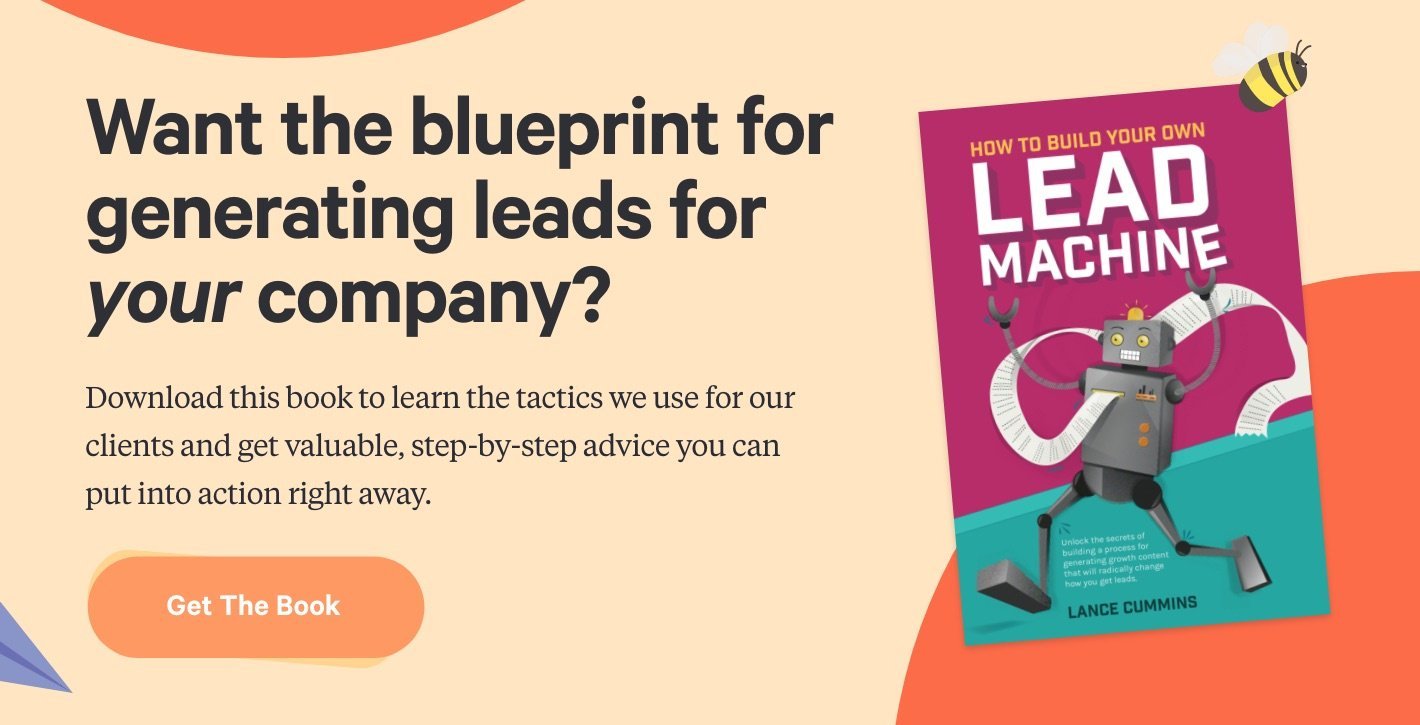Okay, Smartypants—What Is Inbound Marketing? (Without The Jargon!)


by Tiffany Nix • 2 minute read • May 14, 2014
"Inbound marketing" is a term often thrown around by online marketers (like ourselves) in casual conversation. We think everyone knows what it means simply because we deal with the term on an everyday basis. But that's not true. So, on behalf of online marketers everywhere, I apologize. We really do mean well. (We just forget that when we first heard the term, our response was, "Huh?")
So, today, I'd like tell you what inbound marketing is as plain and as simply as possible. It's a technique that could rock your marketing world. So it's definitely worth knowing about.
"You say it's kind of like content marketing... but I don't know what that means either..."
Inbound marketing is often met with some confusion since the term is sometimes interchanged with "content marketing" without distinction. For some, they are basically one and the same. Here at Nectafy, though, we think a little differently. (Which is pretty normal for us.)
Content marketing is a marketing technique that involves your company writing and distributing content online (blog posts, articles, ebooks, white papers, etc.) that is both valuable and relevant to your target audience. This is done with the intention of building brand awareness, brand loyalty, and ultimately, generating business.
It's called "content marketing" because content is absolutely the fuel of the process. The whole idea is for you to figure out what your target audience would want to read or what they'd be searching for online, and write about it—most commonly, on your company's blog. When potential customers find your website through organic online search, they find out who you are, plus you're able to build trust and rapport with them throughout the process, which will hopefully lead to their business.
Now, inbound marketing is just that... only with a little more "oomph."
Consider inbound marketing a subset of the larger category of content marketing—all of the concepts that apply to content marketing apply to inbound marketing. It’s just that inbound marketing takes things a little further. The difference is that inbound marketing is a more results-oriented, highly sales-driven form of content marketing. In fact, for inbound marketing to really succeed, it needs to be integrally connected with your sales process and sales personnel.
In short, inbound marketing is laser-focused on gaining those potential customers' business that you've attracted using your content.
A Quick Overview Of The Inbound Marketing Process
Inbound marketing begins by identifying your target audience, and defining one or more buyer personas. “Buyer personas” are fictitious “best case” customers that give you a framework to focus your content efforts on the right audience.
Once you’ve identified your audience, you set tangible goals relating to traffic, leads, and customers. Each of those categories naturally funnel into the other. You can’t gain customers without getting leads. And you can’t create leads without having the appropriate traffic visiting your site.
With audience and goals in place, you generate high-value content that is both freely available through blog posts, and more in-depth content that is “gated” on landing pages. By creating content that has a higher perceived value, and then making it available to your audience after they’ve provided some information about themselves, you are able to gain insight and permission from your audience. Once a visitor has given you some information about themselves, they are termed a “lead” at a specific intersection in their buyer journey.
By creating content offers that target different parts of the buyer journey, you actually become your buyer’s tour guide through the process, providing value through the entire experience.
Once a lead has indicated that they are getting closer to a purchase decision (by downloading a specific content offer), you can provide your sales team with incredibly helpful information to help them engage that customer—this includes details of the content that lead has found valuable, including all of the answers they have provided along the way as they’ve downloaded your content. You can see how they’ve interacted with your emails, and which topics are the most important to them. Imagine how your sales team can benefit from knowing this kind of information as they engage with that person! They can craft a customized presentation to speak directly to your prospect’s perceived needs.
It’s possible to actually track all of your inbound marketing efforts from the first time a visitor comes to your site until they become a customer. This kind of insight means that you’ll be able to see the return on your inbound marketing investment without having to guess or simply hope that “things are working.”
Wondering if it will work for you?
In short, inbound marketing takes your online marketing from guesswork, to a tangible, measurable effort, so you can actually see if it's working for you. And, as a bonus, inbound marketing generates revenue with a lower cost per lead than any outbound marketing channels.
So, yeah, inbound marketing is a huge deal. And it could really bring your business some amazing results.

